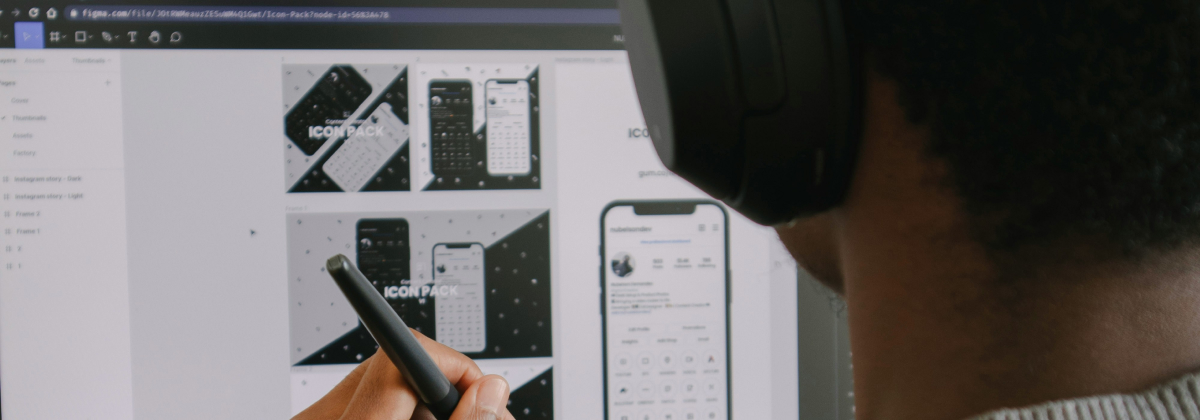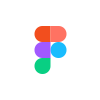
UI Design is the process of creating visual interfaces that are intuitive, functional, and accessible.
UI Design focuses on the visual and interactive elements of an interface, ensuring users have an engaging and practical experience when interacting with a product. It encompasses components such as buttons, typography, colors, icons, and layout—always designed to guide the user and provide clarity and enjoyment throughout navigation.
More than aesthetics, UI Design is about effective visual communication. Every visual element—from a smooth screen transition to the choice of a harmonious color palette—plays a key role in creating intuitive and accessible interfaces. A well-executed interface design connects with users naturally, making the use of digital products more efficient and satisfying.
UI Design is essential for turning a project’s vision into a functional, beautiful interface that aligns with user expectations.
What makes my UI Design strategy unique:
Structural Excellence
There are many approaches to creating interfaces, but the true differentiator lies in building visual structures that enhance usability, accessibility, and visual appeal.
Continuous Collaboration
I work closely with developers, designers, and stakeholders to ensure that every visual element reflects the project's and brand's goals.
Agility and Efficiency
Agile strategies to create optimized interfaces, consistently delivering results on time and meeting client requirements.
Results-Driven Focus
UI Design plays a direct role in increasing conversions by creating visually appealing interfaces that are strategically designed to engage users and encourage action.
User Centered
Each visual element is designed to facilitate navigation, respecting the user’s journey and behavior.
Essential Tools I Use

Figma
Adobe XD
Illustrator
Photoshop
Clarity
These software tools are used to prototype, test, and refine interfaces efficiently, always ensuring that the final design stays true to the project’s vision.